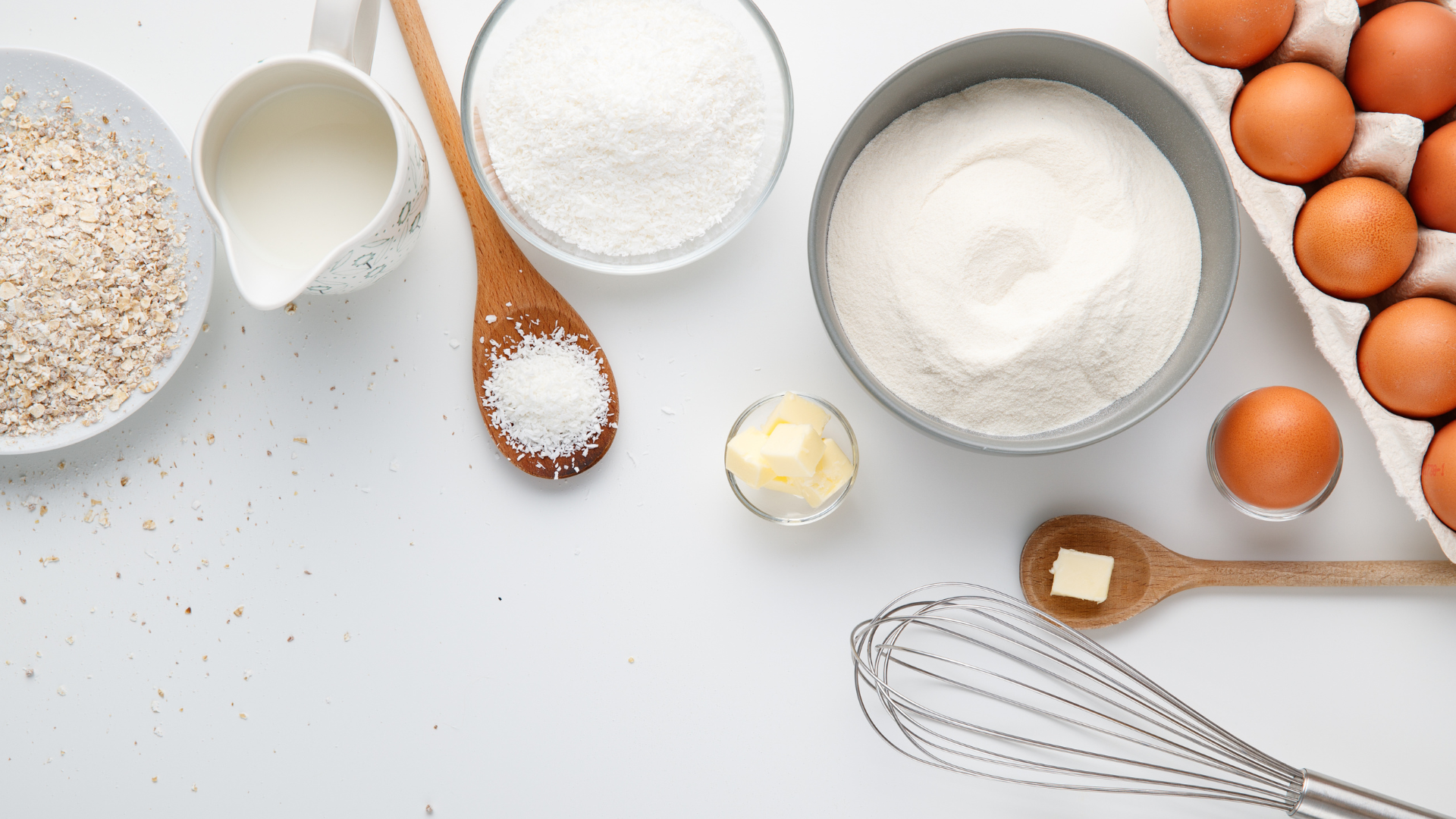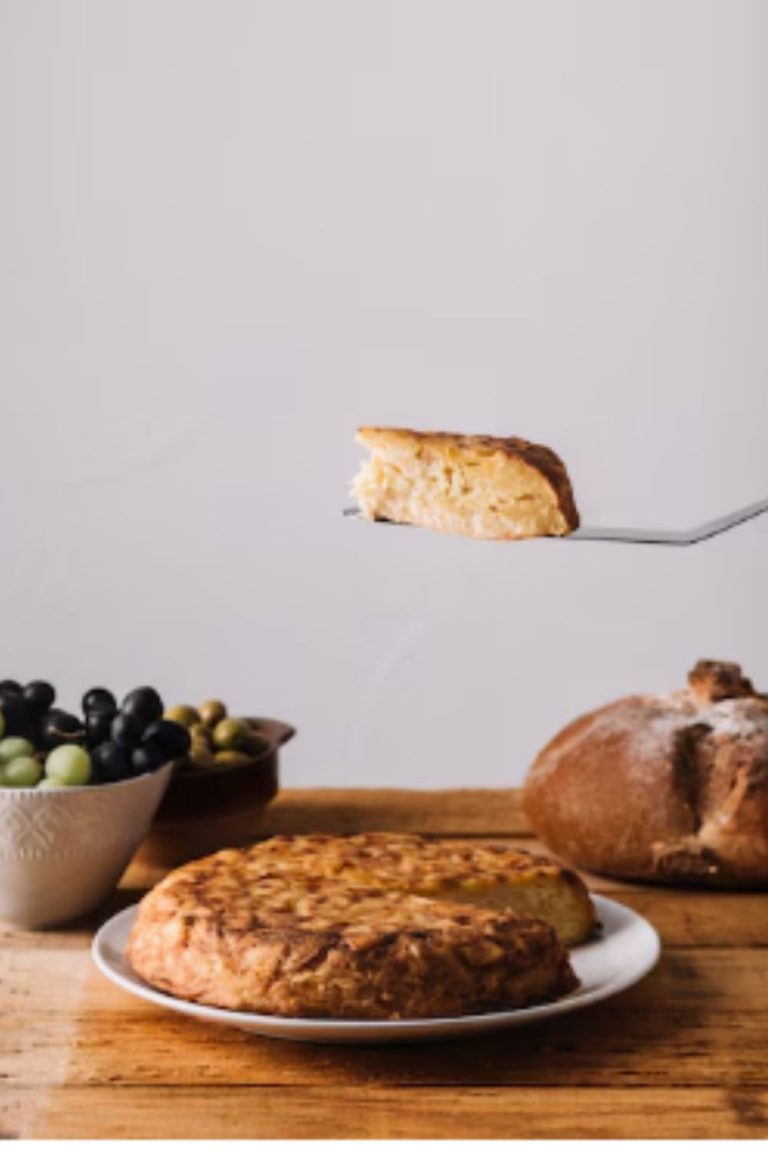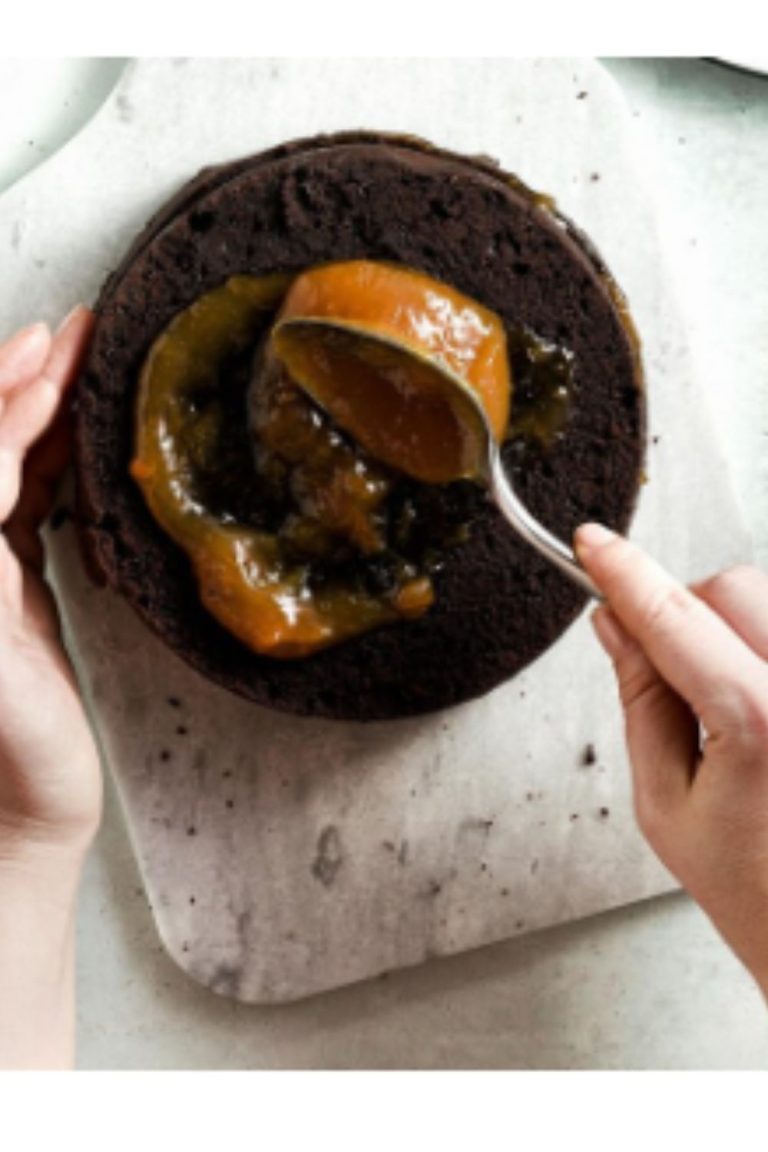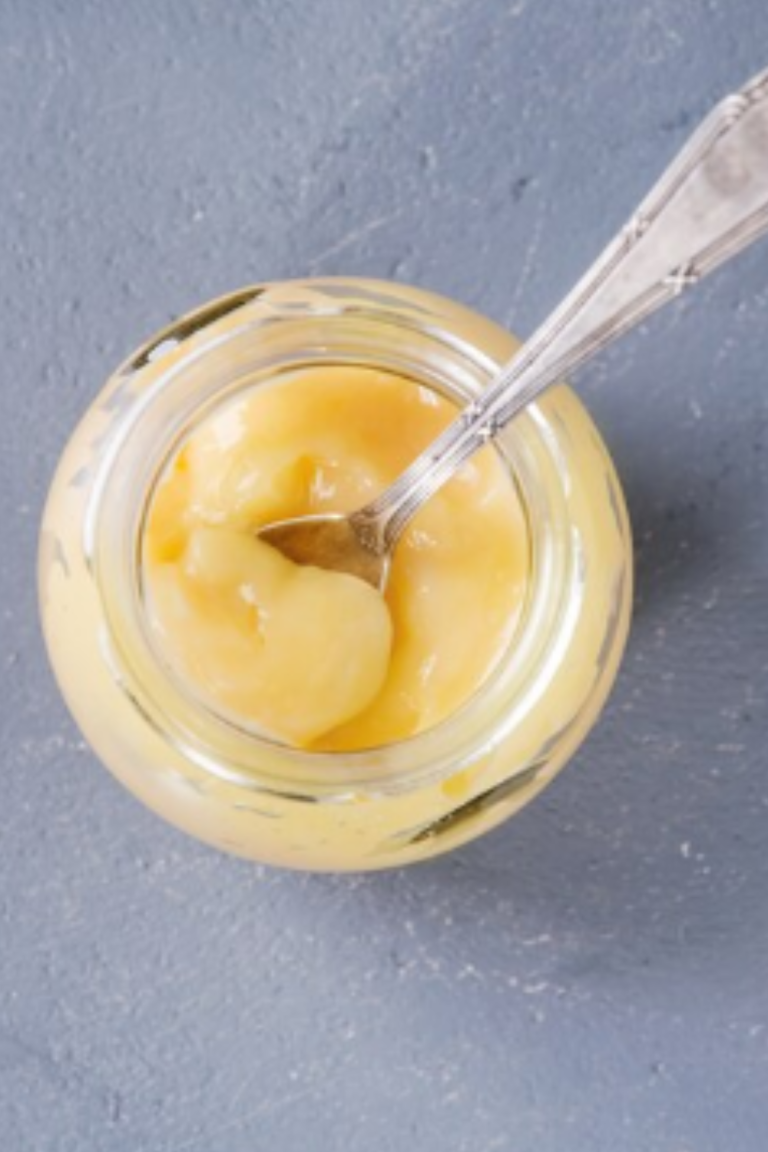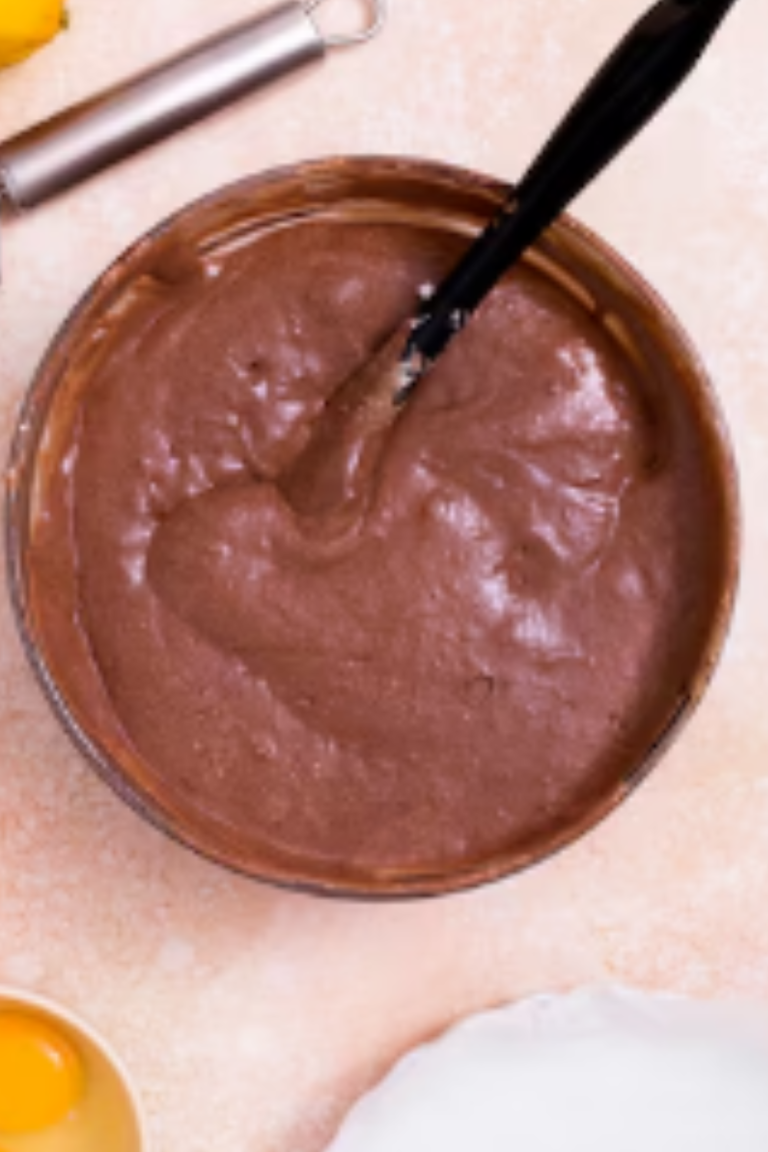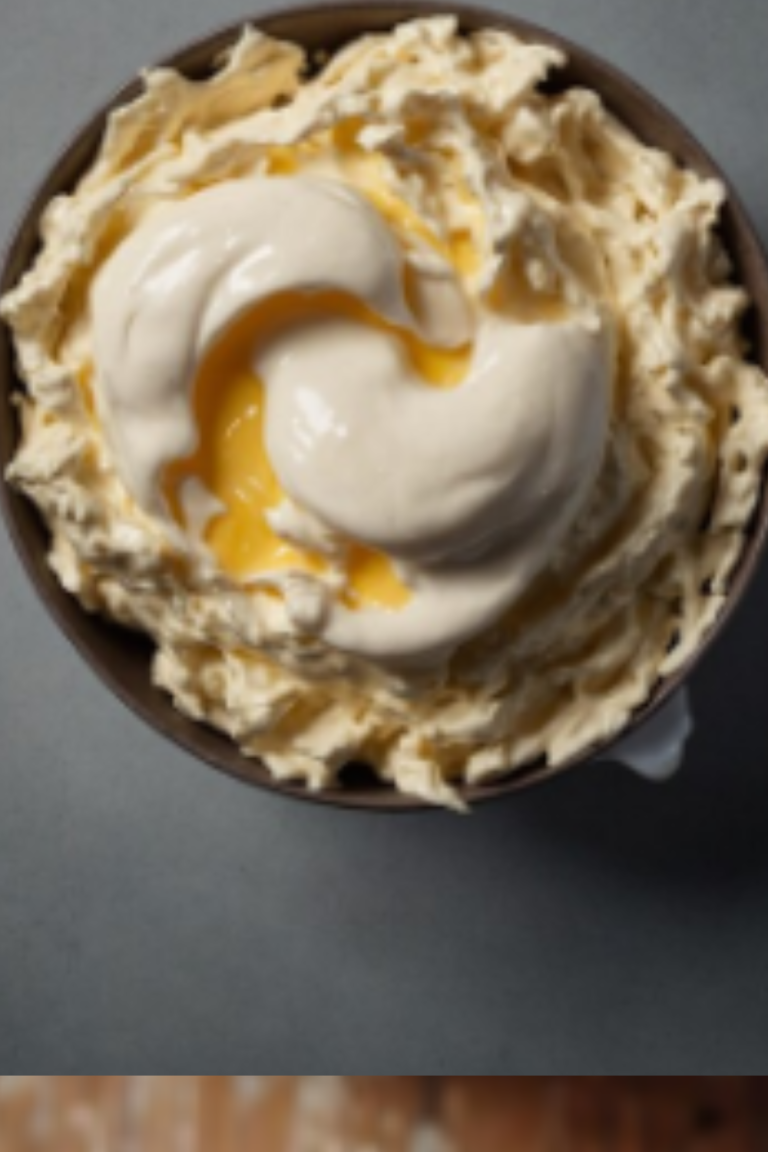SLF: Self-raising role in cake making Explained
When it comes to baking cakes, the choice of flour can make a huge difference in the final product. In this topic, I’m going to talk about Self-Raising Flour (SLF) and its crucial role in cake making based on my own personal experience. Self-Raising Flour is one of those pantry staples that can really simplify the baking process, but understanding how it works can help you get the best results from your cakes.
Table of Contents
ToggleWhat is SLF-Self-Raising Flour?
Self-Raising Flour, often abbreviated as SLF, is a type of flour that has baking powder and salt mixed into it. This combination makes it distinct from plain or all-purpose flour. The primary role of SLF is to provide leavening, which is essential for cakes and other baked goods to rise and achieve a light, fluffy texture.== >> Check out the right cake Self-Raising Flour, and tools that you need here
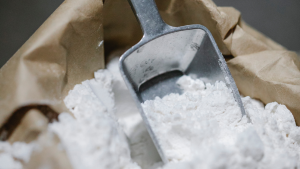
How Does Self-Raising Flour Work?
Self-Raising Flour works by incorporating baking powder, a leavening agent, directly into the flour. Baking powder is a mixture of an acid (like cream of tartar) and a base (usually baking soda). When these components are combined with moisture and heat, they produce carbon dioxide gas. This gas forms bubbles within the batter, which helps the cake rise and become airy.== >> Check out the right cake Self-Raising Flour, and tools that you need here
The added salt in SLF helps enhance the overall flavor of your baked goods. Since SLF already contains both baking powder and salt, it simplifies the process by eliminating the need to add these ingredients separately. This can be particularly helpful for those new to baking or for recipes where precision is crucial.
Why Use Self-Raising Flour in Cakes?
Using Self-Raising Flour can make cake baking a bit easier for several reasons:
- Consistency: SLF ensures consistent results by providing a uniform amount of leavening in every batch. This can be especially useful for beginner bakers who might find it challenging to measure and mix baking powder and salt accurately.
- Convenience: Since SLF already includes baking powder and salt, it streamlines the baking process. You don’t need to worry about measuring out these additional ingredients, which can save time and reduce the risk of mistakes.
- Texture: Cakes made with SLF often turn out lighter and fluffier. The leavening agents in the flour help create a tender crumb, which is one of the hallmarks of a good cake.== >> Check out the right cake Self-Raising Flour, and tools that you need here
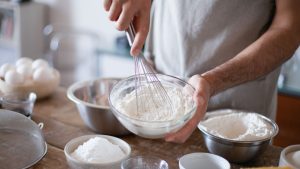
Person Baking in the Kitchen
When Not to Use Self-Raising Flour
While SLF is great for many cakes, it’s not always the best choice for every recipe. Here are a few scenarios where you might want to stick with plain or all-purpose flour:
- Recipes with Specific Leavening Requirements: Some recipes call for a specific amount of baking powder or baking soda to achieve the desired texture. In these cases, using SLF could alter the balance and affect the outcome.
- Delicate Cakes: For cakes that require a delicate crumb or specific texture, such as angel food cake or certain types of sponge cakes, plain flour combined with precisely measured leavening agents might be a better choice.
- Flavor Control: If you’re adding extra ingredients that impact flavor or texture, like citrus zest or additional spices, you might prefer to use plain flour so you can control the exact amount of salt and baking powder used.== >> Check out the right cake Self-Raising Flour, and tools that you need here
Tips for Using Self-Raising Flour
To get the best results when using SLF, here are a few tips:
- Check Freshness: Ensure your SLF is fresh. Baking powder loses its effectiveness over time, so using old flour can lead to dense, flat cakes.
- Measure Accurately: Even though SLF simplifies the process, accurate measurement is still key. Too much flour can make cakes dry, while too little can affect their structure.
- Store Properly: Keep SLF in an airtight container to maintain its freshness and prevent it from absorbing moisture.== >> Check out the right cake Self-Raising Flour, and tools that you need here
Drilling Deeper: Comparing Self-Raising Flour to Other Types of Flour
Once you’re comfortable with Self-Raising Flour (SLF) and its role in cake making, it’s helpful to understand how it stacks up against other types of flour. This comparison will give you a broader perspective on when and why to use SLF versus alternatives like plain flour, cake flour, and all-purpose flour.
Self-Raising Flour vs. Plain Flour
Self-Raising Flour:
Ingredients: Contains baking powder and salt.
Use: Ideal for recipes that need leavening without additional mixing of baking powder or salt.
Benefits: Simplifies the baking process and ensures consistent results.
Drawbacks: Limited flexibility if a recipe requires specific leavening amounts or salt levels.
Plain Flour:
Ingredients: Just flour with no added leavening agents.
Use: Versatile and used in a wide range of recipes. Requires separate addition of leavening agents.
Benefits: Offers more control over the leavening process. Ideal for recipes that need precise amounts of baking powder or baking soda.
Drawbacks: Extra steps needed to add baking powder or salt, which can lead to inconsistencies if not measured correctly.== >> Check out the right cake Self-Raising Flour, and tools that you need here
Self-Raising Flour vs. Cake Flour
Self-Raising Flour:
Ingredients: Contains baking powder and salt.
Use: Used for cakes where you want an all-in-one solution for flour and leavening.
Benefits: Convenient and easy to use, especially for standard cake recipes.
Drawbacks: Might not provide the desired texture for very delicate or specific types of cakes.
Cake Flour:
Ingredients: Made from soft wheat with a lower protein content. No leavening agents are included.
Use: Best for cakes requiring a soft, tender crumb, such as sponge cakes and delicate pastries.
Benefits: Produces a finer, lighter texture due to its lower protein content.
Drawbacks: Requires separate leavening agents to be added, making it less convenient than SLF for some recipes.== >> Check out the right cake Self-Raising Flour, and tools that you need here
Self-Raising Flour vs. All-Purpose Flour
Self-Raising Flour:
Ingredients: Includes baking powder and salt mixed into the flour.
Use: Simplifies baking for recipes that call for leavening agents.
Benefits: Streamlines the process and can lead to more consistent results.
Drawbacks: Not suitable for recipes that require specific leavening adjustments or have special ingredient requirements.
All-Purpose Flour:
Ingredients: A general-purpose flour with moderate protein content. No leavening agents included.
Use: Extremely versatile and used in a wide variety of recipes. Leavening must be added separately based on the recipe’s needs.
Benefits: Adaptable to many recipes and allows precise control over leavening and flavor.
Drawbacks: Requires additional steps to measure and mix baking powder or other leavening agents.
When to Choose Each Type of Flour
Self-Raising Flour: Opt for SLF when you want convenience and consistency in recipes where a balanced amount of leavening agents is beneficial. It’s perfect for everyday cakes and baked goods where precision is less critical.
Plain Flour: Use plain flour when you need versatility and control, especially if the recipe specifies a precise amount of baking powder or salt. It’s ideal for recipes that don’t rely on a pre-mixed leavening agent.
Cake Flour: Choose cake flour for recipes that require a delicate texture and a light, airy crumb. It’s best for cakes that benefit from a softer flour with less gluten development.
All-Purpose Flour: Select all-purpose flour for its adaptability. It works well in a wide range of recipes and allows for flexibility in adjusting leavening agents as needed.== >> Check out the right cake Self-Raising Flour, and tools that you need here
Comparison Table: Self-Raising Flour vs. Other Types of Flour
| Aspect | Self-Raising Flour (SLF) | Plain Flour | Cake Flour | All-Purpose Flour |
|---|---|---|---|---|
| Ingredients | Flour, baking powder, salt | Flour only | Flour (soft wheat), no leavening agents | Flour only |
| Leavening | Includes baking powder and salt | No leavening; requires separate addition | No leavening; requires separate addition | No leavening; requires separate addition |
| Texture | Results in a light, fluffy texture | Depends on recipe and additional leavening used | Produces a finer, more delicate texture | Generally produces a standard texture |
| Convenience | High; no need to measure baking powder or salt separately | Lower; requires precise measurement of baking powder | Lower; requires precise measurement of leavening | Lower; requires precise measurement of leavening |
| Control | Limited; pre-measured leavening agents | High; control over leavening and salt levels | High; allows for specific leavening adjustments | High; allows for specific leavening adjustments |
| Best For | Everyday cakes and baked goods where convenience is key | Versatile for various recipes; specific leavening needs | Delicate cakes requiring a soft, airy texture | Versatile for a wide range of recipes |
| Drawbacks | Less flexibility for recipes with unique leavening requirements | Additional steps needed for leavening; can be inconsistent if not measured correctly | Not convenient for general baking; needs leavening added | Can be less precise in recipes needing specific leavening |
| Storage | Store in an airtight container to maintain freshness | Store in a cool, dry place in an airtight container | Store in an airtight container, away from moisture | Store in a cool, dry place in an airtight container |
Key Notes and Considerations
Self-Raising Flour (SLF)
- Convenience: SLF simplifies baking by combining flour, baking powder, and salt into one ingredient. This makes it easy for quick and consistent baking results without the need for extra measurements.
- Consistency: Ideal for standard recipes where a uniform leavening agent is required. However, it may not be suitable for recipes that require a specific balance of leavening agents.
- Limitations: Not ideal for recipes requiring unique leavening adjustments or for delicate cakes where cake flour might be more appropriate.
Plain Flour
- Versatility: Plain flour is highly versatile and can be used in a wide range of recipes. It allows for precise control over the amount of leavening agents added.
- Flexibility: Suitable for recipes where specific leavening amounts are necessary. Can be adjusted based on the recipe’s needs.
- Additional Steps: Requires the addition of baking powder and salt, which can introduce more opportunities for error if not measured accurately.
Cake Flour
- Texture: Best for cakes needing a light, tender crumb. The lower protein content helps create a finer texture.
- Specialty Use: Typically used in recipes where a delicate, airy texture is desired. Not suitable for all-purpose baking without additional adjustments.
- Complexity: Requires separate leavening agents, which adds steps to the baking process.
All-Purpose Flour
- Adaptability: Works well for a broad range of recipes and allows for flexibility in adjusting leavening agents.
- Versatility: Can be used in most baking recipes but might not always produce the desired texture for specialized cakes without modifications.
- Control: Provides the most control over the final product, making it ideal for recipes with specific texture and leavening requirements.
FAQs on Self-Raising Flour and Its Role in Cake Making
What is Self-Raising Flour?
Self-Raising Flour (SLF) is flour that has baking powder and salt mixed into it. This combination makes it easier to achieve a light and fluffy texture in baked goods without having to add leavening agents separately.
Can I use Self-Raising Flour instead of Plain Flour in any recipe?
You can substitute Self-Raising Flour for Plain Flour in recipes where you don’t need precise control over the leavening. However, if a recipe specifically calls for Plain Flour with added baking powder or baking soda, using SLF might alter the intended results.
How does Self-Raising Flour affect the texture of cakes?
Self-Raising Flour helps cakes rise and become airy due to the baking powder it contains. This often results in a light, fluffy texture. For very delicate cakes, such as sponge cakes, other types of flour like cake flour might be preferable.
Can I make my own Self-Raising Flour?
Yes, you can make a DIY version of Self-Raising Flour by adding baking powder and salt to Plain Flour. For every cup of Plain Flour, mix in 1 ½ teaspoons of baking powder and ¼ teaspoon of salt.
Is Self-Raising Flour suitable for all types of baking?
While SLF is convenient for many recipes, it may not be ideal for all types of baking. For recipes that require specific amounts of leavening or delicate textures, like certain pastries or bread, using Plain Flour or Cake Flour with separate leavening agents might be better.
How should Self-Raising Flour be stored?
Store Self-Raising Flour in an airtight container in a cool, dry place. This helps maintain its freshness and effectiveness, as baking powder can lose its potency over time.
What should I do if my cake doesn’t rise properly with Self-Raising Flour?
If your cake doesn’t rise properly, check the freshness of your Self-Raising Flour. Baking powder loses its effectiveness over time, so using old flour can lead to poor results. Additionally, make sure you’re following the recipe correctly and not over-mixing or under-mixing the batter.
Can Self-Raising Flour be used for savory recipes?
Yes, Self-Raising Flour can be used in savory recipes where a leavening agent is needed. It’s commonly used in biscuits, scones, and some types of bread. Just remember to adjust the salt content of your recipe accordingly.
Final Words
Self-Raising Flour offers a convenient and effective way to achieve light, fluffy cakes with less hassle. It simplifies the baking process by combining flour with baking powder and salt, which can be a real time-saver. However, understanding its limitations and when to use other types of flour can help you achieve the best results for various recipes.
Whether you’re a seasoned baker or just starting, knowing how different flours work and their specific uses can make a big difference in your baking endeavors. So next time you’re whipping up a cake or other baked goods, consider how Self-Raising Flour might fit into your recipe to make the process smoother and your results more consistent. Happy baking.

Hi!
I’m Mike, the creator of Forum Foodies. In my own personal experience, understanding ingredients is key to great cooking.
Forum Foodies offers guides on various ingredients, from staples to exotic finds. Join our community, share your experiences, and learn from fellow food lovers.
Have questions or suggestions? Email me at info@forumfoodies.com. Let’s embark on this delicious adventure together.
Happy cooking.
Mike/
Related Posts
- APF - All-Purpose Flour: What Does Mean In Cake
In this topic I'm going to talk about APF - All-Purpose Flour, in my own…
- SLF: Slaving Role in Cake Making Explained
In this topic, I’m going to dive into SLF – Slaving, and how it plays…
- SLC - Slicing role in cake making Explained
When it comes to baking, the art of slicing can make or break the final…
- BRU: Bruising Role in Cake Making Explained
When it comes to baking, it’s easy to get caught up in the complexities of…
- BSH: Basting role in cake making Explained
In this topic, I'll talk about BSH basting and its role in cake making, sharing…
- GRD: Grating role in cake making Explained
When it comes to cake making, it's often the little details that make a big…
- TMP: Tempering Role in Cake Making Explained
In this topic, I’m going to talk about tempering, a technique that’s often overlooked but…
- FRY: Frying Role in Cake Making Explained
In this topic, I'm going to talk about a fascinating technique in cake making: frying.…
- DST: Dusting role in cake making Explained
In this topic, I’m going to talk about dusting and its crucial role in cake…
- FZ: Freezing role in cake making Explained
In this topic, I’m going to talk about the role of freezing in cake making,…
- SCR - Scoring Role in Cake Making Explained
When it comes to cake making, every detail matters, from the ingredients you use to…
- PST: Pastry Role in Cake Making Explained
When it comes to baking, pastries are often thought of as their own special category,…
- BRT - Brushing role in cake making Explained
In this topic, I’m going to talk about the essential yet often overlooked technique of…
- STB - Stabilizing Role in Cake Making Explained
When diving into the world of cake making, you might come across the term "STB…
- PSG - Pasting role in cake making Explained
In this topic, I’m going to talk about PSG (Pasting) and its crucial role in…

